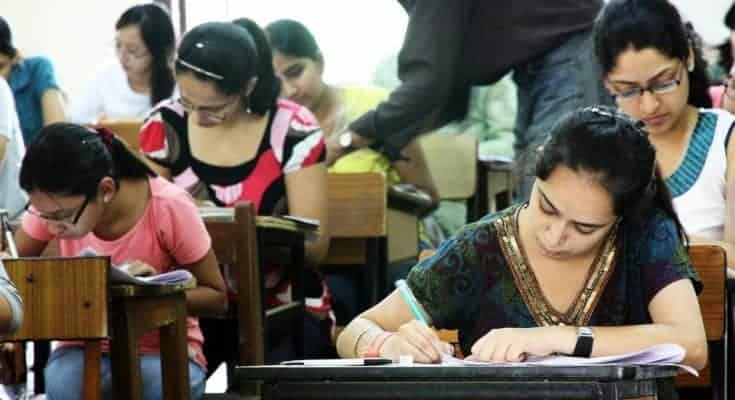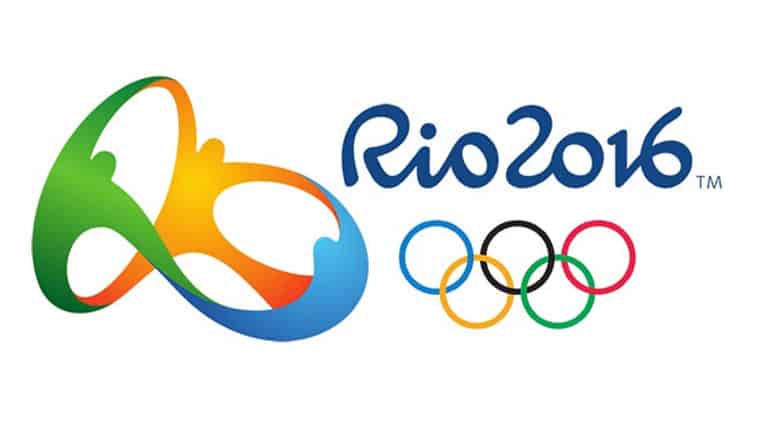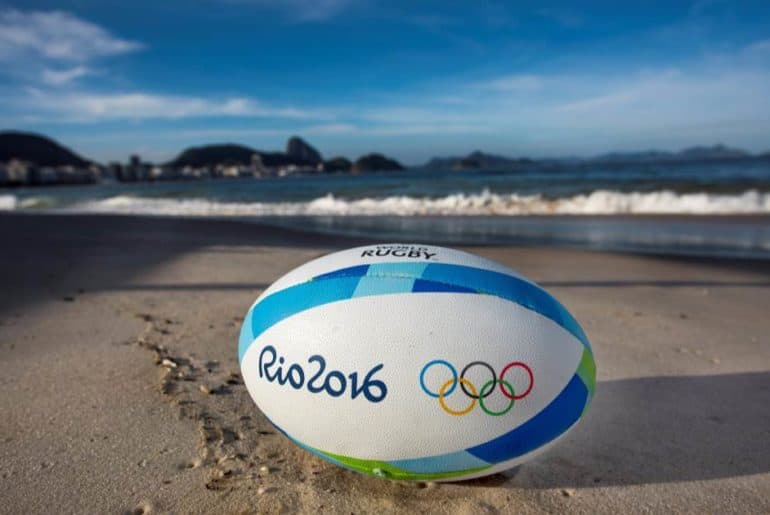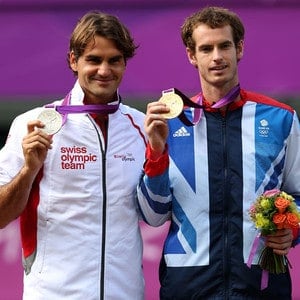Wrestler and activist Vinesh Phogat transitions to politics by joining Congress for the upcoming Haryana elections. Her activism and family dynamics add complexity to her candidacy for the Julana constituency.
The pipeline from sports to politics is a well-trodden path in India, with several celebrated athletes transitioning from stadiums to political offices. Vinesh Phogat, a celebrated wrestler, is the latest to make this leap. In a bold move, Phogat joined the Indian National Congress on 6th September, emerging as one of the party’s prominent faces for the upcoming Haryana elections. Since then, Phogat has submitted her candidacy for the Julana Assembly constituency. While adding a fresh dynamic to the Congress campaign in Haryana, her entry into politics has also sparked debates and controversies, drawing attention to her wrestling accolades and the circumstances surrounding her political journey.
Athletes entering the political arena are not unique to India. Globally, several high-profile sports personalities have successfully made the switch to politics, often leveraging their popularity and influence to garner public support. A prime example is Imran Khan, the legendary Pakistani cricketer who transitioned from being a World Cup-winning captain to serving as the Prime Minister of Pakistan. Khan’s political journey, marked by his determination and public charisma, is a testament to how athletes can reshape their image and career beyond the sports field. Similarly, Vinesh’s accession into politics signifies a shift in her career trajectory, aiming to translate her on-field grit into political clout and her fandom into a voter bank.
Closer to home, the comparison to her cousin, Babita Phogat, is inevitable. Babita, also a wrestler of repute, joined the Bharatiya Janata Party (BJP) in 2019 and even contested in the Haryana state elections. Although Babita did not win her seat, her move was seen as a strategic decision by the BJP to leverage her appeal among Haryana’s youth and sports communities. This parallel entry into politics, albeit on opposing sides, has created a controversy within the Phogat family, with the cousins now split between rival parties. The tension between the two has raised eyebrows, particularly in Haryana’s political circles, where the familial discord could impact public perception and voter behaviour. In a recent statement, Babita accused senior Congress leader Bhupinder Singh Hooda of “creating a rift” within the Phogat family by bringing Vinesh into the party, suggesting that his move was a calculated effort to weaken the BJP’s support in the state by playing on internal family dynamics. The accusation has only deepened the perception of a widening chasm between the Phogat sisters, who were once united in their journey to promote women’s wrestling in rural India.
Adding fuel to the fire is the ongoing scandal surrounding the Wrestling Federation of India (WFI) and its former president, Brij Bhushan Sharan Singh. Earlier this year, Vinesh Phogat emerged as one of the leading voices in a dramatic protest against Singh, accusing him of sexual harassment and mismanagement within the sport. The explosive allegations sparked a nationwide uproar, igniting demands for Singh’s resignation and significant reforms within the WFI. In a surprising twist, Singh has openly mocked Vinesh’s political ambitions, dismissing her candidacy as nothing more than a “Congress-scripted drama.”He accused her of using her political platform to undermine the BJP’s influence in Haryana, suggesting that her activism was a conspiracy orchestrated by the Congress rather than a sincere commitment to public service. This contentious backdrop raises eyebrows, as the public speculates whether Vinesh’s political ambitions are merely a tactical maneuver by the Congress party to exploit her sportsperson/celebrity status in a bid to challenge the BJP and its allies. The tension has deepened, with Singh’s scathing remarks not only polarizing public opinion but also framing Vinesh’s candidacy as a potential pawn in the BJP vs INC conflict.
Furthermore, Vinesh Phogat’s recent disqualification in the 2024 Paris Olympics finals cannot be ignored. As one of India’s top wrestling talents, she faced a technical disqualification that abruptly ended her Olympic aspirations, igniting widespread sympathy and support among fans and the general public. Vinesh was anticipated to be a strong medal contender, and her disqualification was perceived as a significant blow not only to her personally but also to the reputation of Indian wrestling as a whole. As disheartening as the setback was, it could inadvertently bolster her political campaign. The Congress party may be counting on her ability to convert this wave of sympathy into votes, leveraging the emotional resonance of her story to rally support in the Julana constituency. With her public persona now intertwined with this narrative, Vinesh’s campaign is uniquely positioned to tap into the electorate’s sentiments, which could prove pivotal in the upcoming elections.
In her campaign, Vinesh has embraced the “rustic bahu” image, aiming to connect with the people of Julana. This persona seems to resonate particularly well with local women, who have been welcoming and supportive of her candidacy. However, one can’t help but question the authenticity of this image, with some speculating that it may be a calculated effort to cultivate a voter bank rather than a true reflection of her character. The dichotomy of being both a celebrated athlete and a down-to-earth figure is a delicate balance, and as the election approaches, it remains to be seen how voters will perceive her true self.
With polling in Haryana set to commence on 5th October, all eyes will be on Vinesh Phogat as she embarks on her first election as a candidate. Will her performance in the elections mirror her spectacular performance on the mat? The outcome of this election could redefine not only her political career but also her legacy as an athlete cum social activist in India. As voters consider their options, the question remains: can the ‘rustic bahu’ make a lasting impact in the political arena, or will she remain a star confined to the world of wrestling?
Read Also: Beyond the Fields of the Olympics: A Transcend into the Ball-Park of Humanity
Featured Image Credits: The Times of India
Ashita Kedia
























